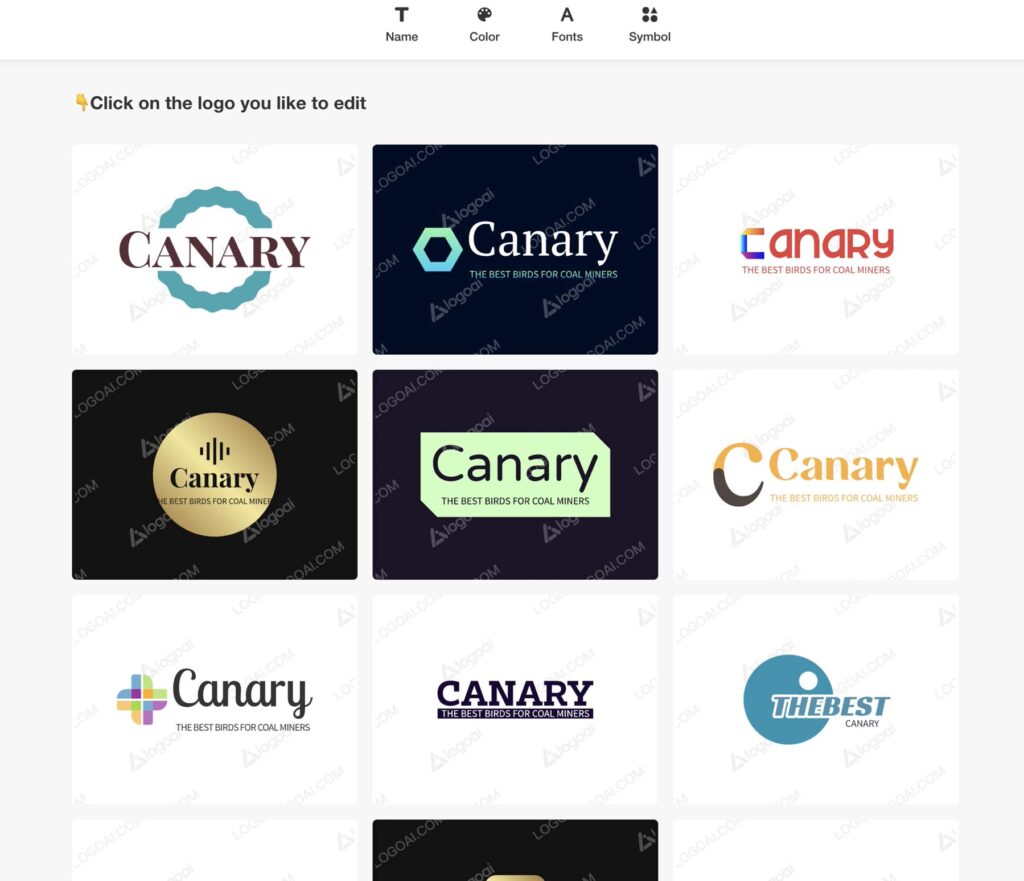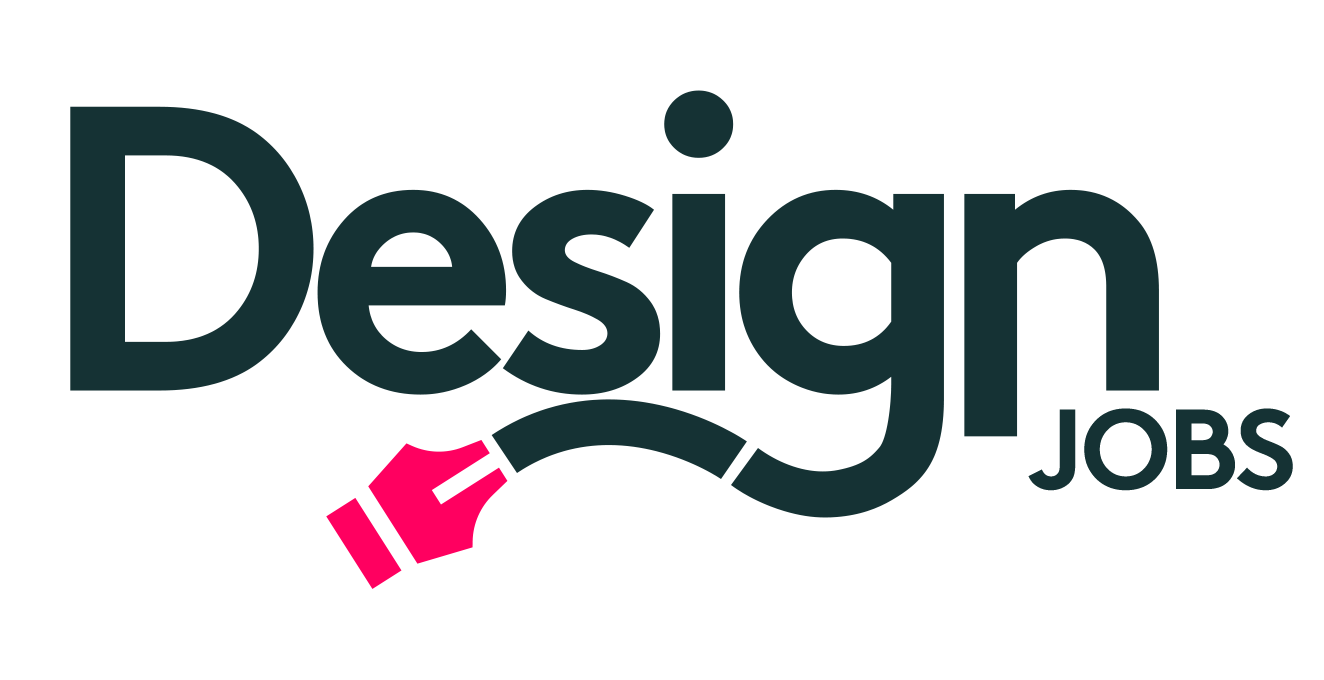Ai can paint a pretty picture, but can it design a decent logo?
The artificial intelligence revolution is upon us and the creative industries are some of the first to feel its full force. AI art generation tools like Dall-e and Stable Diffusion are already democratising the image creation process. The cover image for this article, for example, was created with the former.
Likewise, the copywriting industry has been turned on its head thanks to AI writing tools like Jasper. And let’s not even get into some of the even more advanced technologies currently being developed by Google and the likes.
While there’s virtually no doubt that AI will ultimately either redefine most creative jobs or replace humans completely in many of these roles, the question is ‘how long do we have?’ To answer this question, I decided to test out the current AI offerings on a simple, yet highly nuanced task- Logo design. How does AI currently stack up against human brand designers?
The AI logo design challenge
My goal here wasn’t just to find out if brand design jobs are in jeopardy. I’m using logo design as a yard stick for creative industries in general. A canary for the AI design coal mine, so to speak.
The brand design job brief
All good brand design projects start with a well thought out design brief. Actually, that’s not always the case. I’ve seen designers create amazing things out of nothing. But, let’s call those the exceptions to the rule.
In the case of AI, the design brief must be formatted as what we call a ‘prompt’. Most people watching this space agree that effective prompt-writing will become a must-have skill for most designers in the near future. So how will I convert a traditional brand design brief into a prompt?
For the sake of this experiment, let’s create a logo for a made-up company called ‘Canary’. Canary is a brand new online retailer selling, you guessed it, canaries. The brand focuses on quality over quantity and promises to only sell the best of the best. Their target audience are pet-owners who are willing to pay a little extra for peace of mind.
Full disclosure – Jasper.ai wrote that last paragraph for me. It came up with the company name and description and did a pretty decent job of it. Ok Jasper, write me the full design brief.
Logo design brief:
The logo should be simple, yet memorable. It should convey trustworthiness and quality. The brand name, ‘Canary’, should be included in the logo.
Hmmm. That’s a grossly overly-simplified brand design brief but it’ll do for this test. Now to convert that into a prompt. Let’s start with the following:
“A simple and memorable logo design for a bird retail brand called ‘Canary’. Trust. Quality”
This seems like a decent place to start, so let’s get into the tools.
The AI Design Tools
There are many logo generation applications out there claiming to be “AI-driven”, and perhaps a few of them do incorporate artificial intelligence in some small way but most are simply template-based logo generators and they mostly suck.
Ok, design is subjective, so some may like the boring, cliched and unoriginal logos apps like Hatchful, LogoAi or BrandMark.io produce. But let me quickly show you how badly they performed on my ‘Canary’ brand, so we can rule them out and move on to the “real” AI tools.
Hatchful by Shopify
Wow, a carrot clipart next to the word Canary. Which design award should I enter first?!! I think you get my point. Moving on.
Logoai.com

This one didn’t even consistently get my brand name correct even though I typed it in for them! What is “The Best Canary”???
Brandmark.io
Lastly, a tool that has no idea what my product even is and therefor goes full generic. To be fair, I went back and added ‘pet birds’ as one of the brand values to try and give Brandmark more context after I recorded this video but the results were equally generic.
There are literally dozens of these logo generator tools and I’ve tried pretty much all of them with the same poor results. Maybe there’s an amazing one I haven’t yet crossed paths with. Please let me know if you find one. Read Danica Popovic’s experiment trying to recreate the Nike logo with these tools for another perspective.
Now, let’s try what I’d call ‘real’ artificial intelligence. That is, applications that are trained on image data sets to create original artworks based on a simple text input. We’ll use OpenAI’s popular ‘Dall-e 2’ and Stable Diffusion’s ‘Dream Studio’. These are two of the more popular and accessible platforms currently on the market. Let’s just give them both a quick whirl without tweaking any settings or prompts and see how they go.
Can Dream Studio by Stable Diffusion create an amazing logo?
Personally, I love Dream Studio and even in beta I find it works exceptionally well on illustration. I also appreciate the various controls it gives you, enabling much finer control over the outcome than other tools, like Dall-e for example. Here’s what it came up with for my ‘Canary’ logo.
Clearly it understands what a logo is supposed to look like and maybe I can see the makings of a bird shape in there somewhere. But, the obvious problem that becomes immediately apparent is – Stable Diffusion can’t process text!
Let me turn up the Cfg scale, so Dream Studio takes my prompt more literally, and see if it performs any better.
So, it’s getting closer and the birds are taking shape, but it’s still not able to write the word ‘Canary’. Let’s pump all the quality settings up to 100.
It looks like this is about as good as we are going to get out of Dream Studio. Let me run a bunch more generations with various settings and see if I can get anything better.
As is the case with Ai image generation tools, it’s all about experimentation. After tweaking some parameters I was able to produce a variety of original logo concepts that are much closer to being acceptable, if the correct spelling of your brand name isn’t important. Below I’ve picked a few of my favourites.
The Verdict:
Dream Studio by Stable Diffusion isn’t currently capable of designing finished logos. The main reasons being its limited text capabilities and low resolution. However, with a little tweaking and tinkering Dream Studio is more than capable of generating rough but original logo concepts. In my opinion, these are far more original and ‘on-brief’ than what template-based logo generators like Hatchful are capable of.
Is Dream Studio going to be putting brand designers out of work tomorrow? No. It makes far more sense for brand designers to embrace the tool for generating rough ideas.
Will Dream Studio take some brand designers jobs in the future? Without a doubt. At the speed these tools are learning and improving, I think it’ll be capable of high-resolution finished logo creation within two years. Perhaps sooner.
Can Dall-e 2 by OpenAi replace a human in a brand design job?
As the most well-known and widely used AI image generation tool on the web, Dall-e 2 is truly amazing. Its ability to create photorealistic images and surreal digital paintings is breathtaking. In my experience though, I’ve been less impressed with its detailed drawing and illustration capabilities, so I’m interested to see how it handles logo design.
Dall-e doesn’t have the fine controls that Dream Studio has, so I’ll just put our prompt in and hit ‘Generate’. Here’s the first result:
The first thing that strikes me is how much better at text Dall-e is than Dream Studio. While clearly still not perfect as spelling, Dall-e seems to have a slightly better grasp of the English language. I’d call it a 6 year old compared to Dream Studio’s 5 year old. Let’s generate a bunch more.
Dall-e has actually gotten a lot better at text generation since the last time I checked. It’s clearly getting smarter by the day. It also seems to have a better grasp on what a logo is than Dream Studio does. That said, the logos generated by Dall-e don’t seem to be quite as tasteful and lack originality. They also don’t seem to fit the brief quite as well. I can’t say that any of the logos Dall-e generated above really convey a sense of quality and trust.
Perhaps if I run some variations on a few of the better concepts, we might land in a better place. Clicked ‘Variations’ button and here are a few of the better variations it cooked up.
The Verdict:
Dall-e 2 by OpenAi isn’t currently capable of designing finished logos but it sure is close. As with Dream Studio, the main issues are its limited text capabilities and low resolution. It also seems to be a bit more formulaic in its results, which leads to slightly less variation and originality. But, I’m sure with some prompt experimentation that could be solved.
Is Dall-e 2 going to be putting brand designers out of work tomorrow? No. But, I believe it is already an extremely capable and useful tool for rough concept ideation.
Will Dall-e 2 take some brand designer’s jobs in the future? Definitely. It’s not far off. If OpenAi wanted to go after the branding market, they could have a disruptive AI brand design product on the market within six months. I truly believe that.
Should brand designers be concerned for their jobs?
Yeah, probably a little. While I know there is a lot more to brand design than just a logo, the speed at which AI design tools are improving is scary. All it would take is for one of the AI juggernauts to put the brand design industry in their crosshairs and it could be all over for brand designers. At least as they are currently defined.
So, what should brand designers do to prepare for the inevitable? Well, embracing new technology is always a good start. Master the existing Ai tools and use them to your advantage. I’d also suggest figuring out what it is about brand design that uniquely requires human intervention and find a way to specialise in that.
What is the fate for creative industries more broadly?
AI isn’t messing around. Just two years ago I’d have told you robots were at least a decade away from taking anyone’s job. Now, it’s already happening and these tools aren’t getting any dumber.
In the very near future, not only will artificial intelligence likely be capable of most common design tasks, it’ll be far better at them than humans due to its ability to learn and improve based on shared experiences of thousands if not millions of designers and even other AIs. As a human designer I can only learn from my own experience and the experiences of others I talk to or read about, for example. It’s logistically impossible for me to learn from every other designer’s experiences, achievements and mistakes. This limits my capacity to learn and grow. AI does not have this limitation.
It’s a brave new world.


